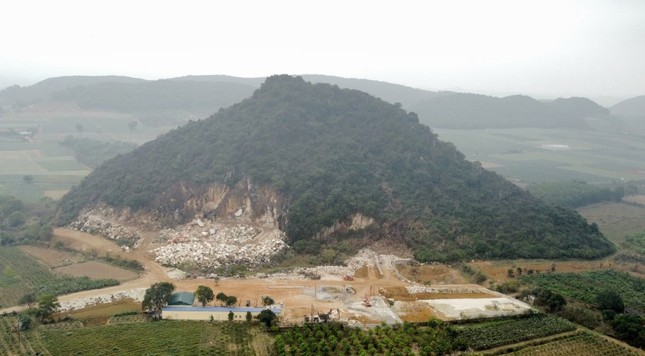The Dung Mountain Cave: A Newly Discovered Historic Site in Ha Trung, Thanh Hoa
The cave located in Dung Mountain has long been discovered by locals, who consider it a sacred place. It is known that this cave served as a shelter for the local people during the two resistance wars against the French and the Americans and also provided a water source for agricultural activities for the people of three villages: Nghia Dung, Khac Dung, and Gia Mieu in Ha Long commune, Ha Trung district.
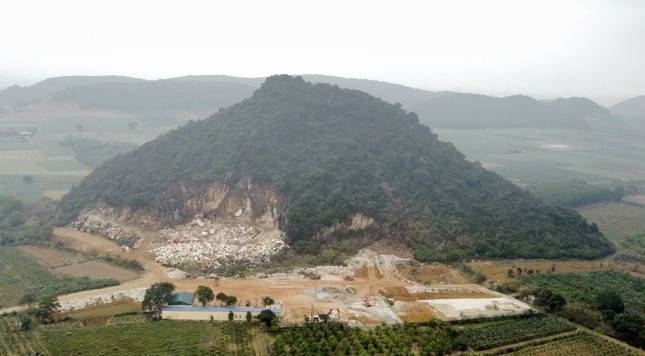
Panorama of Dung Mountain
The cave came into the spotlight in April 2024 when a company, during their stone excavation process, accidentally exposed one of its entrances. Subsequently, the People’s Committee of Ha Trung district coordinated with the Department of Culture, Sports, and Tourism, the Department of Natural Resources and Environment of Thanh Hoa, and the People’s Committee of Ha Long commune to inspect the site.
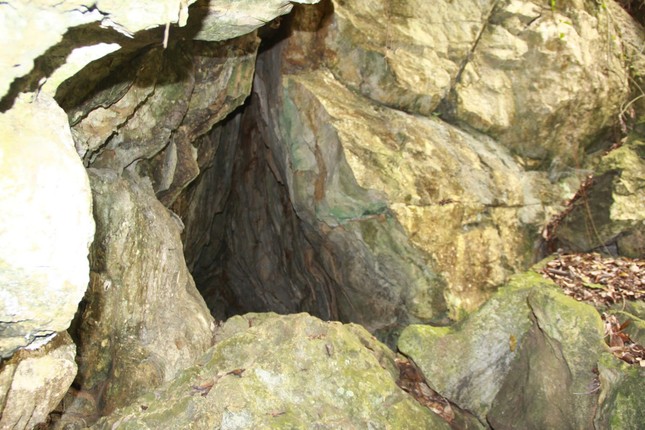
One of the entrances to Dun Cave
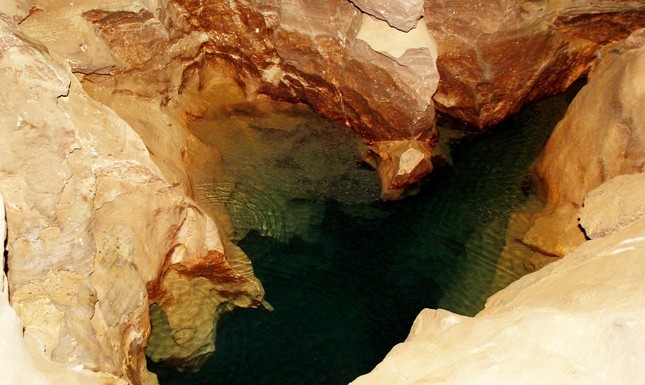
Dun Cave boasts stunning natural stalactites and an underground water source that flows to the provincial relic, Ho Ben Quan.
The survey results revealed that Dung Mountain covers an area of about 6.5 hectares and is included in the planning for mineral exploration and exploitation as a construction material. The cave inside the mountain is approximately 70 meters long, 50 meters wide, and 40 meters high, with four entrances facing east, west, south, and north. The cave is adorned with natural stalactites, and an underground water source flows from it to the provincial relic, Ho Ben Quan.

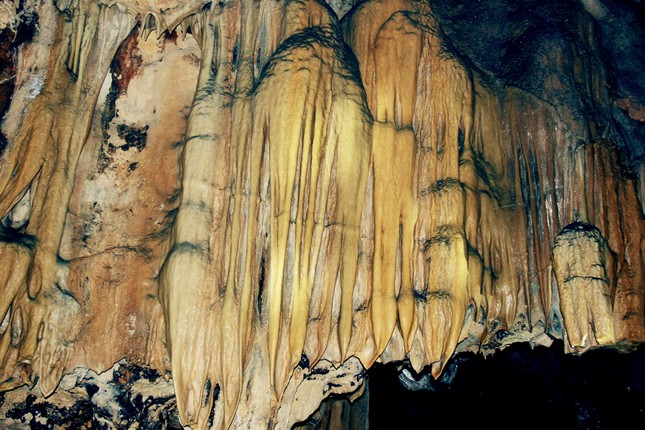
The mesmerizing stalactite system inside Dun Cave
Following the discovery of this cave system, the authorities temporarily halted the stone excavation activities and conducted a field survey to determine the next course of action.
According to the Department of Culture, Sports, and Tourism of Thanh Hoa province, Dung Mountain is not within the protected area of the national relics: Gia Mieu Communal House and Lang Mieu Trieu Tuong. It is located about 600 meters behind and away from the Lang Truong Nguyen relic and about 300 meters from the planned boundary for the conservation, restoration, and promotion of the historical relic complex of Lang Mieu Trieu Tuong in Ha Long commune, Ha Trung district.
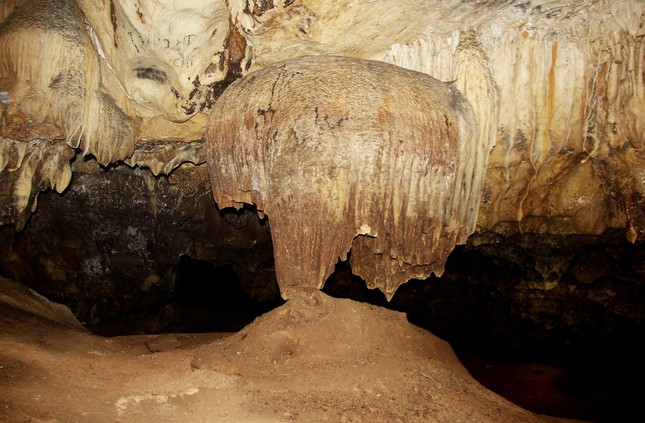
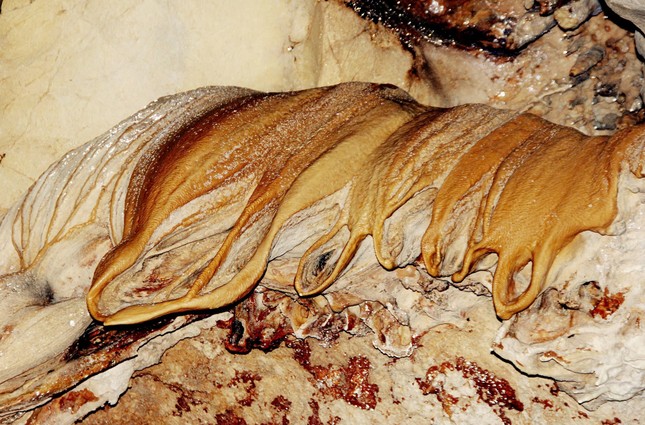
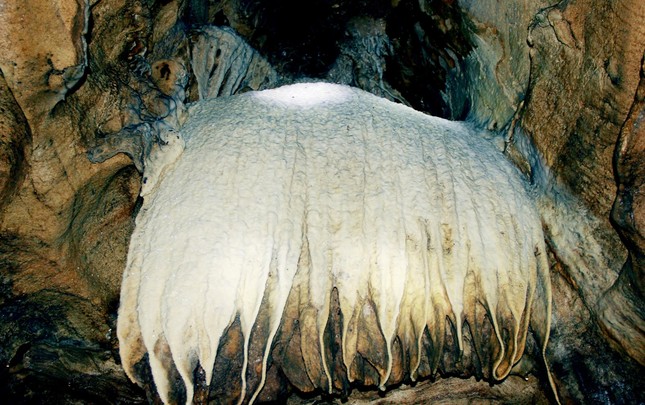
It is worth noting that Dun Cave was discovered before the enterprise was granted stone excavation rights on Dung Mountain. Many local people consider this area sacred.
According to the authorities, the People’s Committee of Thanh Hoa province granted a mining license to Tien Thinh Co., Ltd., and within the licensed mining area, there are two entrances to the cave inside Dung Mountain (in the northwest direction).
To provide important advice to the People’s Committee of Thanh Hoa province for the implementation of planning, protection, and preservation of Dung Mountain, the Department of Culture, Sports, and Tourism of Thanh Hoa, in coordination with the People’s Committee of Ha Trung district, organized a scientific workshop titled “Assessing the Historical and Cultural Value and Regional Connections of Dung Mountain in Relation to the National Relic of Lang Mieu Trieu Tuong and the Nguyen Dynasty Relics in the Area.”
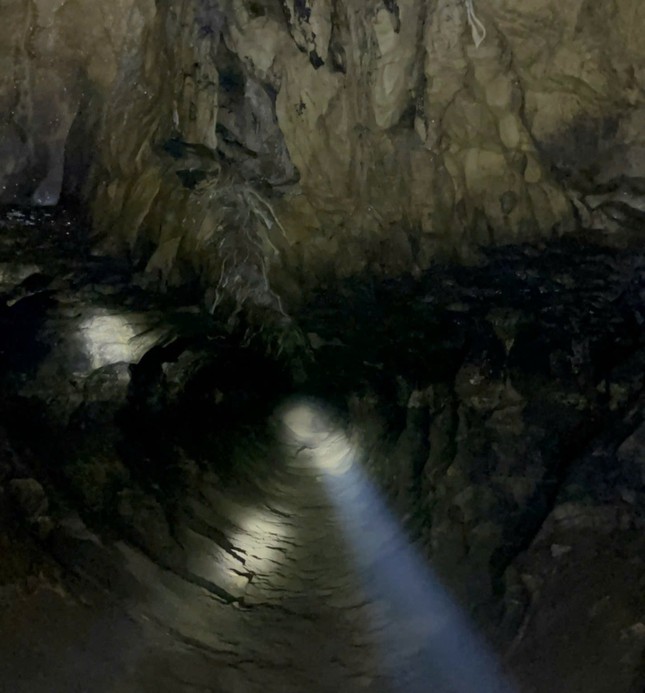
A passage inside Dun Cave
The workshop featured 18 presentations by experts and scientists who directly studied the historical, cultural, geological, and geomorphic values of Dun Cave, its regional connections to the national relic of Lang Mieu Trieu Tuong and the Nguyen Dynasty relics in the area, as well as the conservation, promotion, and dissemination of the values of Dun Cave.
The experts’ reports revealed that numerous archaeological artifacts from different periods were discovered in Dun Cave, all of which were ceramic. By collecting 17 fragments of prehistoric pottery, scientists determined that they were all in a shattered state, including three rim fragments and 14 body fragments of two different types.
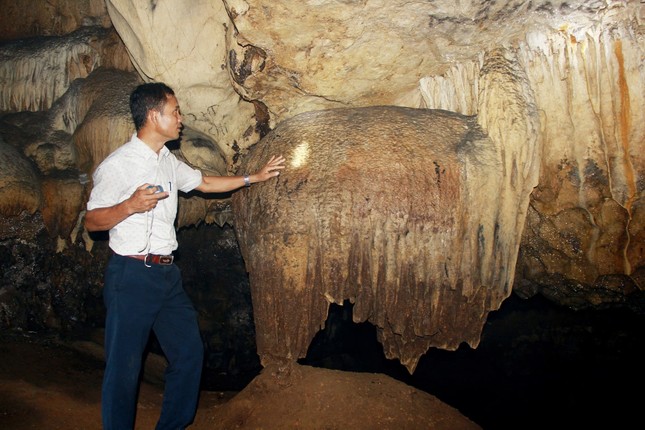
The Chairman of the People’s Committee of Thanh Hoa province has directed a complete halt to stone excavation activities at Dung Mountain to allow the competent authorities to complete the procedures for protecting the relic site.
The first type has a gray-black/gray-yellow exterior, with coarse gray-black clay and low firing temperature, resulting in brittle pottery. These artifacts possibly date back to the late Neolithic to early Metal Age. The second type has a reddish-brown exterior with a surface mixed with white or dark brown sand and is believed to be from the pre-Dong Son to Dong Son period in the Ma River basin…
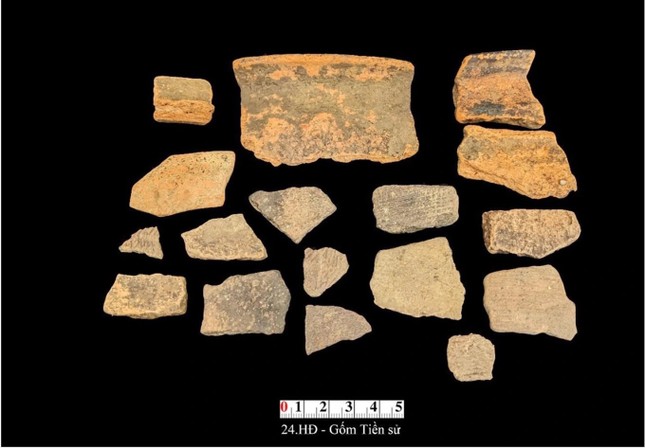
Prehistoric pottery fragments found in Dun Cave
In the assessment of scientists, Dun Cave possesses dual values in terms of natural and cultural heritage. Dung Mountain has a close connection and is located within the historical and cultural space of Trieu Tuong Mountain, which houses the national relic of Lang Mieu Trieu Tuong. The cave contains archaeological relics and artifacts from both prehistoric and historical periods, evidencing human habitation during different eras, serving as a temporary shelter from natural disasters or a military base in wars. Moreover, the richness, diversity, and uniqueness of the stalactite system within the cave would be an appealing attraction for tourists if properly preserved.
Recently, the Chairman of the People’s Committee of Thanh Hoa province directed a complete cessation of stone excavation activities at Dung Mountain to enable the competent authorities to finalize the procedures for protecting the relic site.
{“message”:”Please wait and try again later”}
Legend has it that Co Chin was a celestial nymph who attended to the Mother Goddess in temples and ruled over nine wells. This guide aims to provide you with a comprehensive and effective method of worshipping Co Chin, including offerings, incantations, and rituals to invoke her blessings. Discover the traditional and authentic way to pay homage to this revered deity and unlock her divine favors.

























